Motorcycle Investor mag
Subscribe to our free email news
How to shoot your bike for sale
Time to move on? Decent photos will help
and you can do them
(Jan 2024, Guy 'Guido' Allen)
Good pics can make a big difference when it comes to
selling a motorcycle. Here's how to do it right. Our top
tip: never shoot a vehicle on grass unless it's a bloody
lawnmower! Read on...
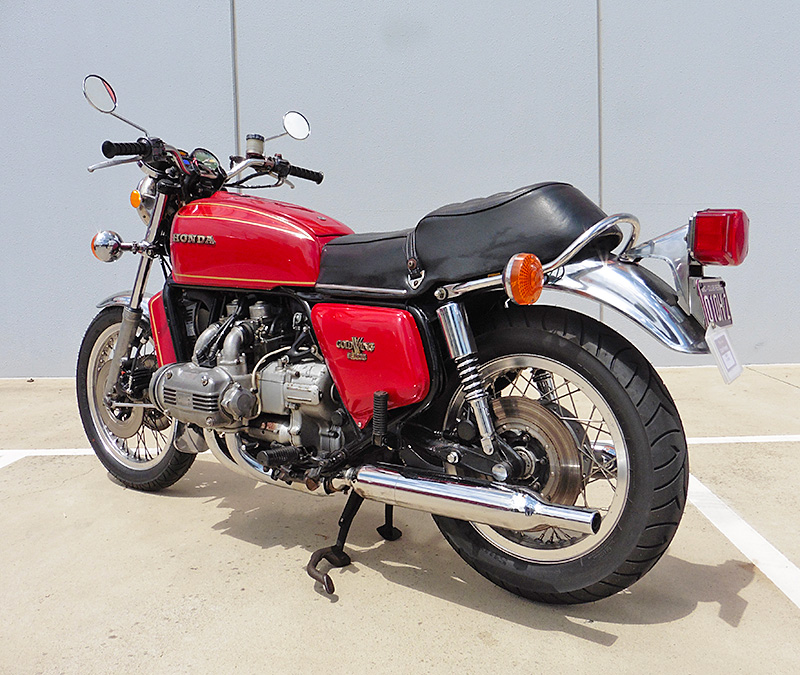
Maybe it's time to trade in the old dear for something
shinier. Whatever the reason, shooting your motorcycle for
an advertisement isn't rocket surgery, if you follow a few
basic principles.
And they are:
1. A clean uncluttered shot with the bike as the hero;
2. Lots of them;
3. Allow plenty of time to do the job properly. An hour
will do it, but put aside 90 minutes so you don't have to
rush. Hell, you might even enjoy it!
As for equipment, a phone camera is just fine. However
use a real camera if you are more comfortable with that,
particularly since you'll generally get less distortion or
'fish eye' effect when you go in for close-ups.
Here's our quick guide to what you need to do.
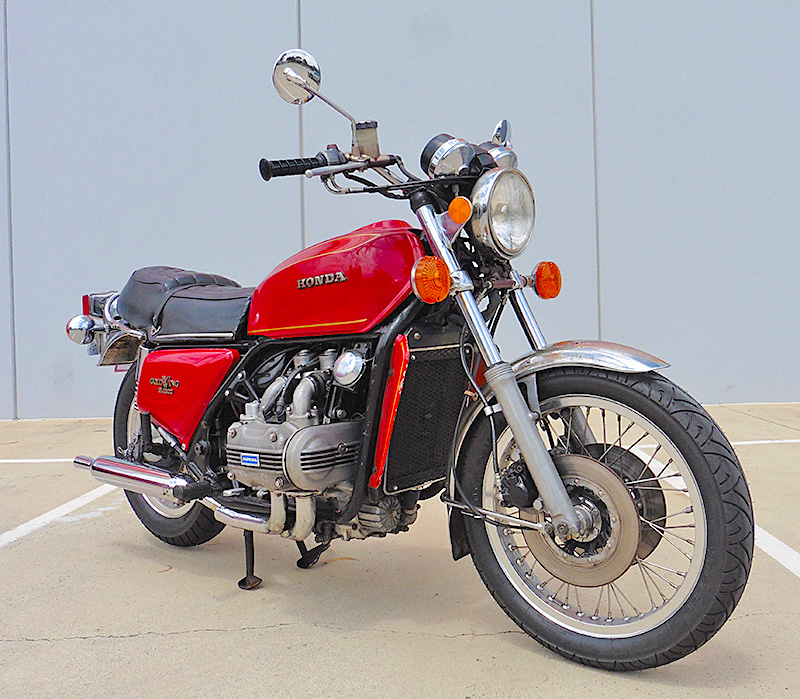
Go for a clear 'hero' shot as your
opener. Get the camera low, headlight level or lower. A
front three-quarter like this is a good place to start.
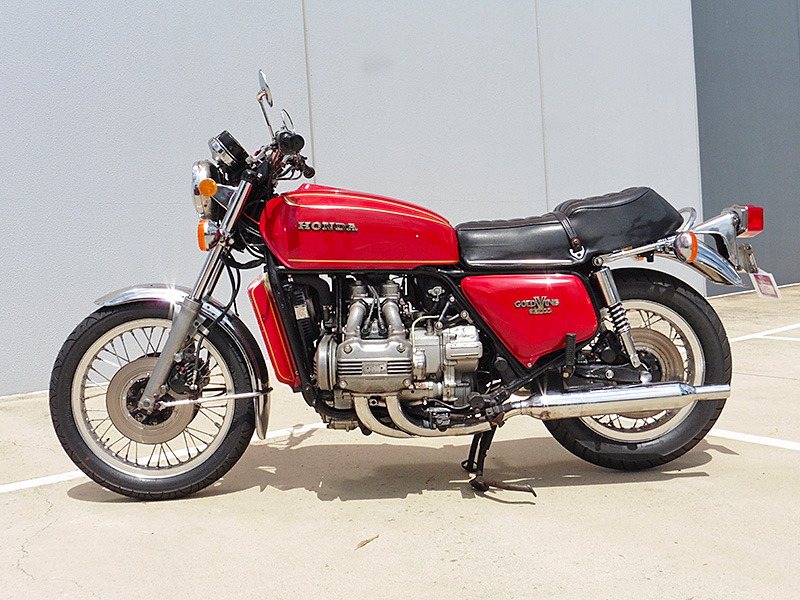
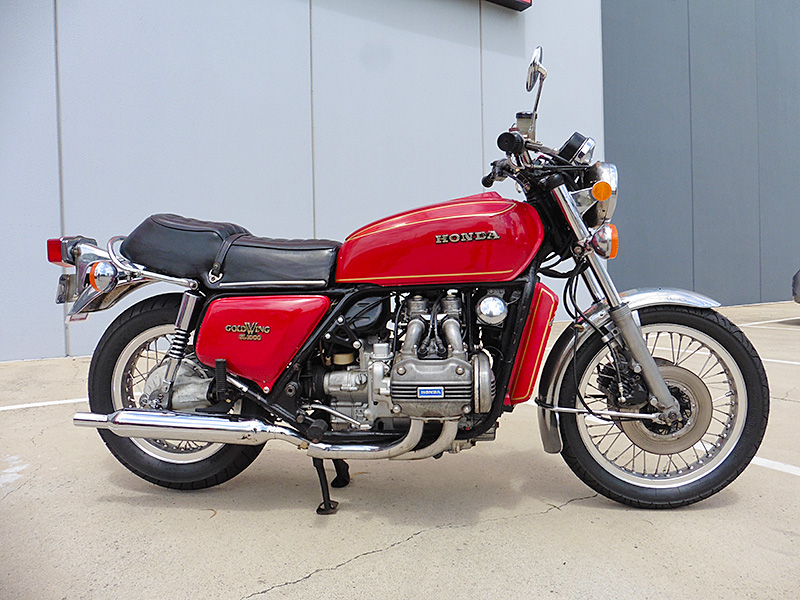
Cover the basics: Get a clear shot of
both sides. Close-ups of both sides of the fuel tank and
any major panels are worthwhile.
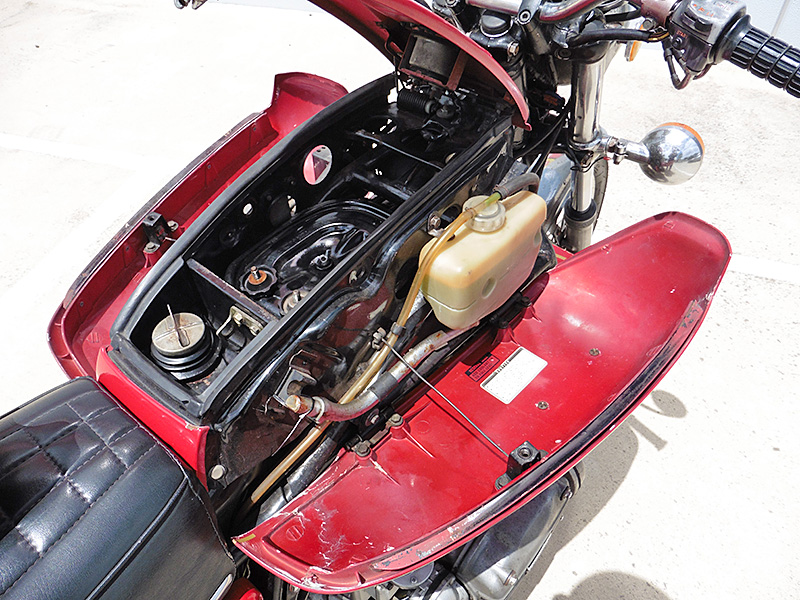
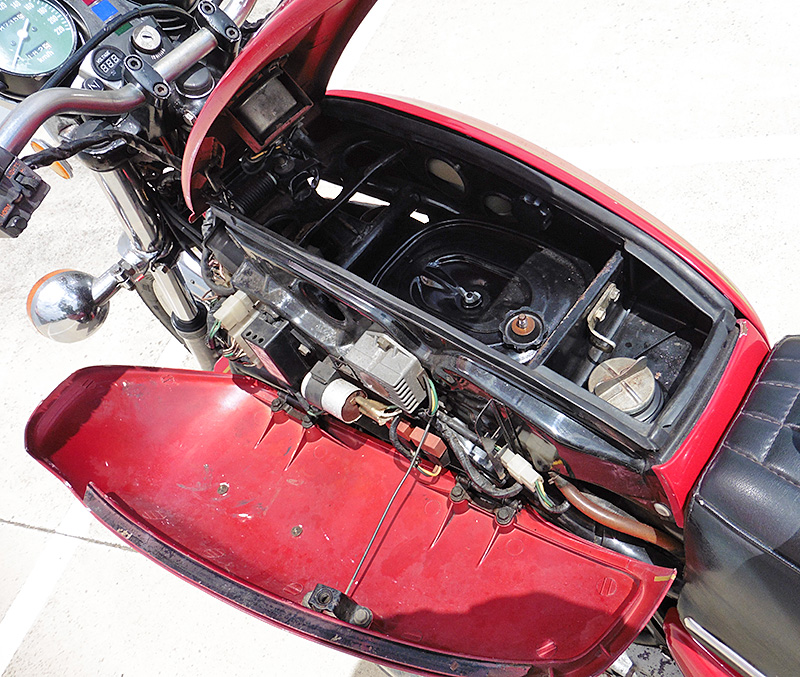
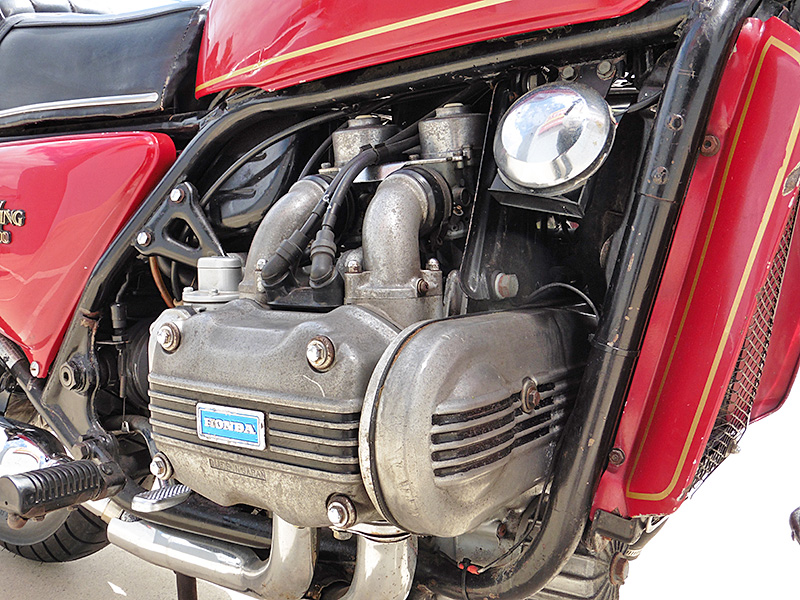
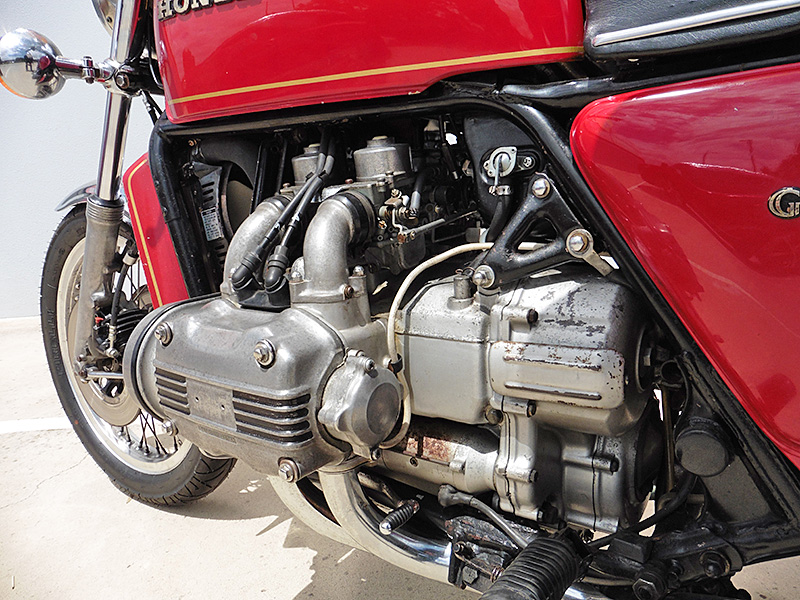
Get both sides of the engine, if it's
exposed.
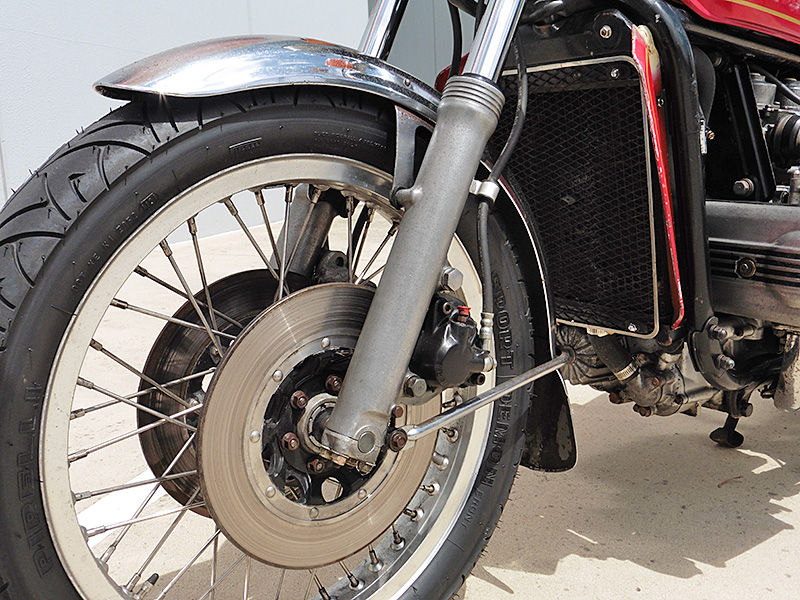
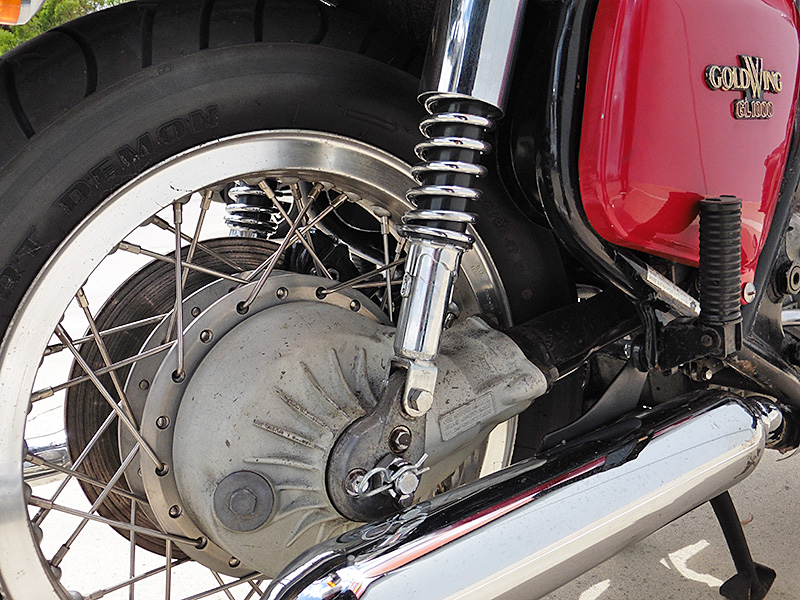
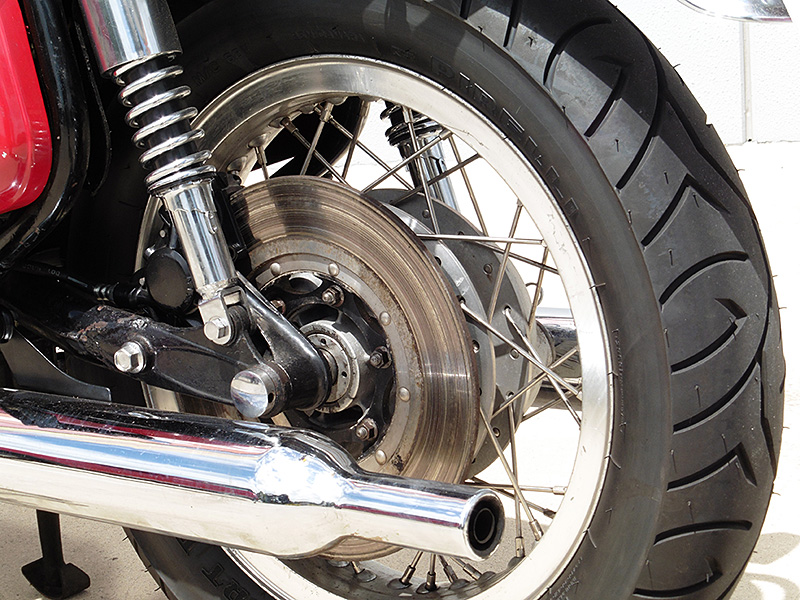
Get both wheels – and in the case of
the rear, get both sides to show the drive and the
brake.
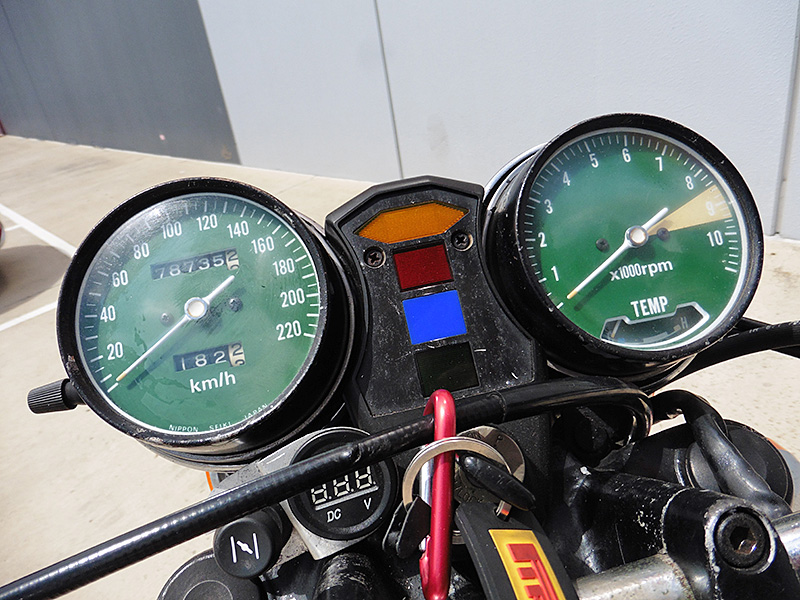
Instruments can be tricky thanks to
reflections, but it's worth getting it right. If we're
shooting digital/TFT screens, consider getting a couple
of different displays to show off the system and
demonstrate it's working.
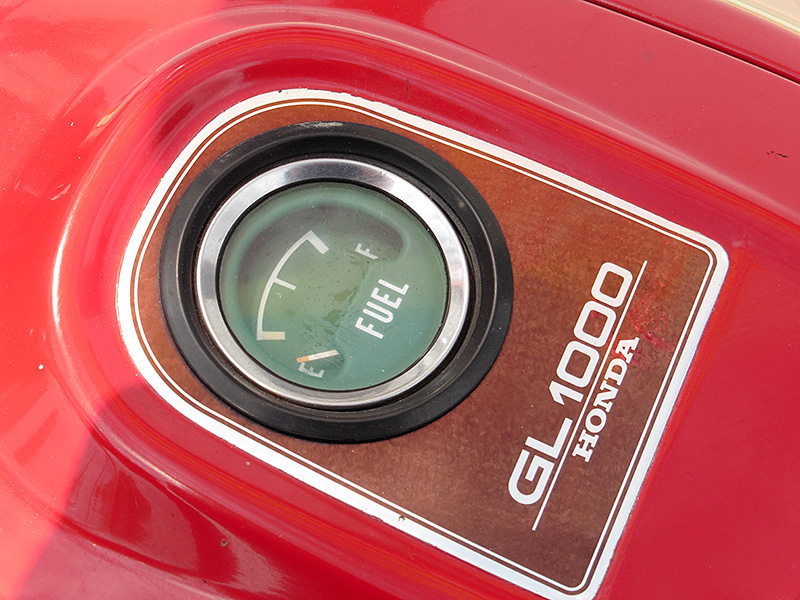
Highlight any interesting detail, such as this fuel gauge...
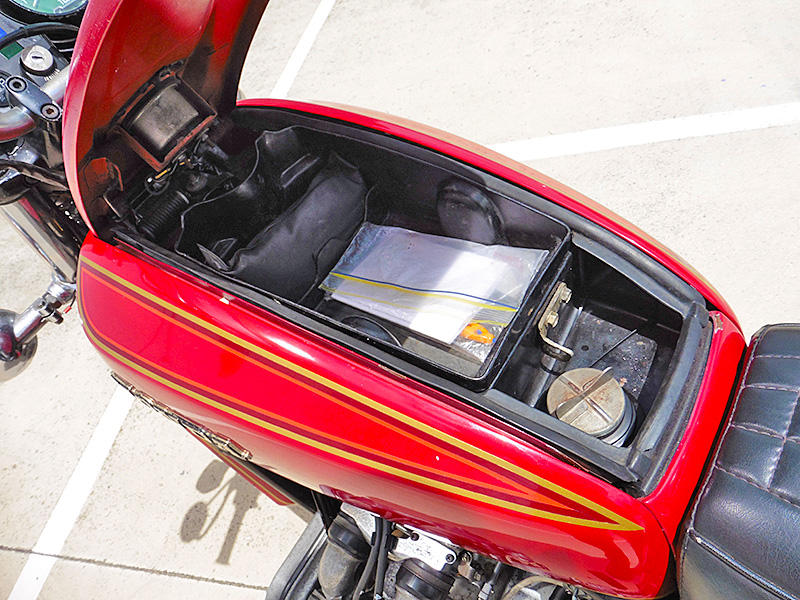
...and in this case the storage hidden
under the fuel panel...
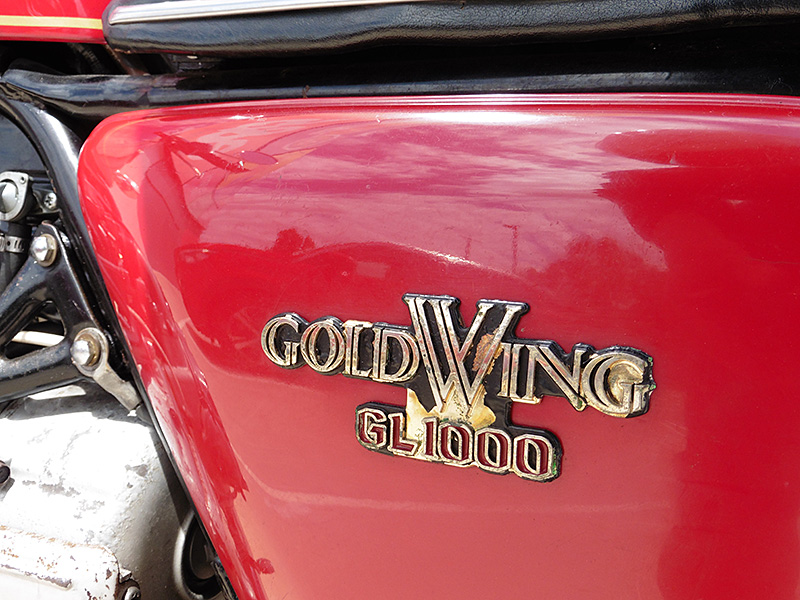
...and maybe a badge or two. And don't
be shy about showing it 'warts and all'.
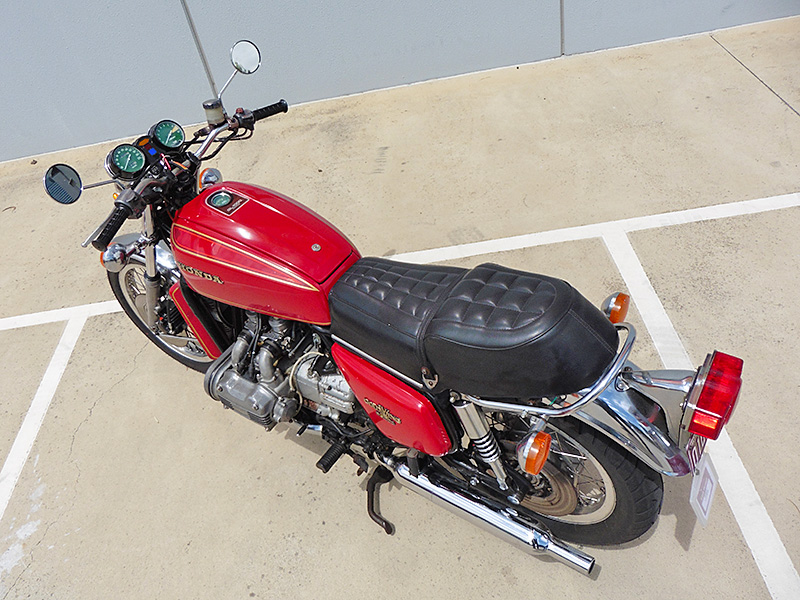
An overhead shot can provide a lot of
useful info for the buyer.
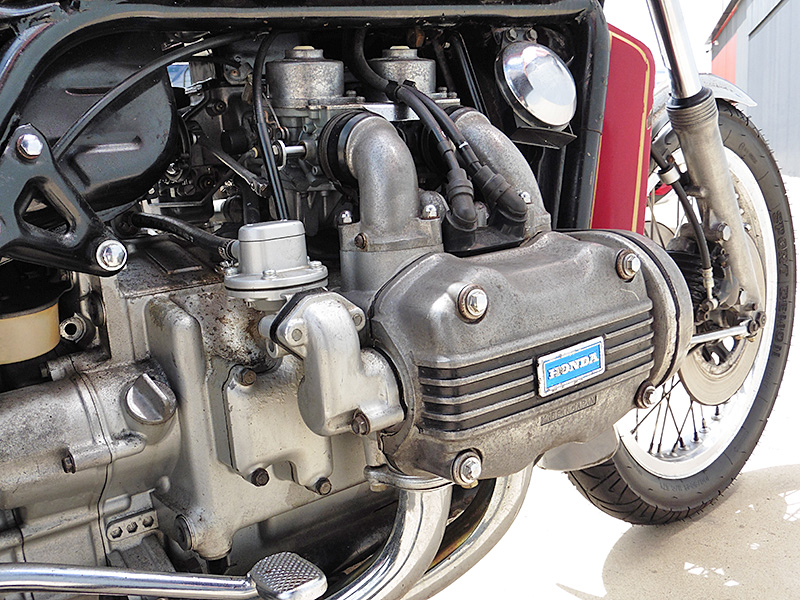
And there is always a little more detail that can be
thrown in.
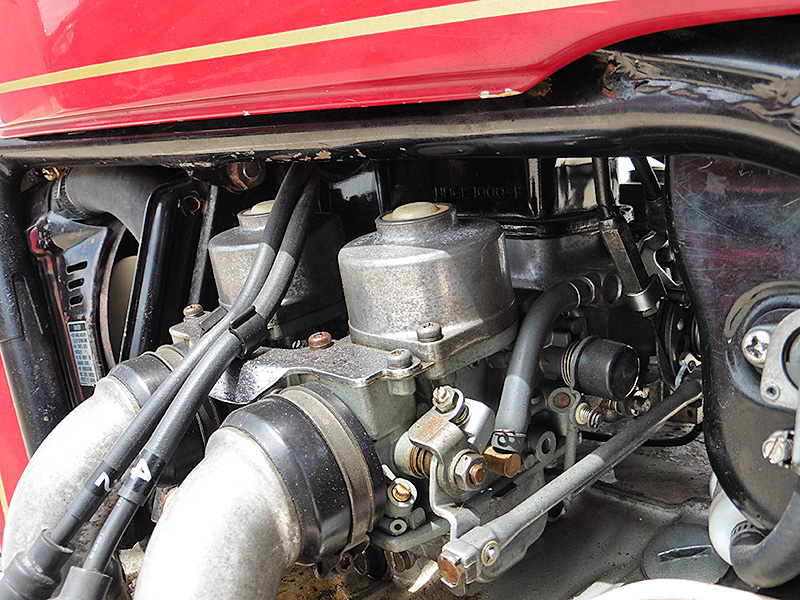

A decent rear three-quarter rear shot
rounds out the package.
If you have a collection of manuals
and paperwork, get some pics of them as well. For a
serious buyer, there is no such thing as too much info.
The picture set shown here numbers 18
images, which I'd regard as okay but not comprehensive.
I recently had a buyer ask for more on a different
motorcycle and he paid full price when I obliged.
Winners:
Plain background – make the bike the hero;
Good light – overcast days can work really well,
otherwise try early morning or late afternoon. These
shots were in fact near mid-day and the light that day
wasn't overly harsh;
Whatever the case, the area you're using needs to be
well-illuminated and don't overthink it;
Shoot with your phone/camera horizontal – landscape
pictures work best;
Be prepared to shuffle the bike around to get the angle
and background right;
If in doubt, take plenty of shots and cull them later.
Losers:
Never, ever, shoot a motorcycle or car on grass – it
buggers up the colours through reflections and looks
ridiculous. Shoot in context: think about bitumen or
concrete for a road bike and gravel or a track for a
dirt bike;
Watch out for your own shadow encroaching on the image.
If in doubt, move the bike to a different angle and try
again;
Don't shoot under trees or in dappled light as it kills
the detail in the image;
No wheelie bins or other background clutter that act as
down-grading distractions.
A set of decent or solid pictures done
on the same day will get you eyeballs and engender a
sense of confidence. Keep in mind that buyers love art,
like the rest of us, but when it comes to making a hard
decision they need clarity.
In contrast a random mix of pics
grabbed over the years or decades, which have been
assembled mostly because you can't be bothered putting
in a bit of effort, is a big turn-off.
Good luck with it!
---
Ed's note: In case you were
wondering, these pics were used for an ad for this 1975
Gold Wing, which sold quickly at a good price. We've
since regretted the decision and replaced it with
another!
And the big
50th anniversary ride on the machine that replaced it
Plus our Honda
GL1000 Gold Wing profile
-------------------------------------------------
Produced by AllMoto abn 61 400 694 722
Privacy: we do not collect cookies or any other data.
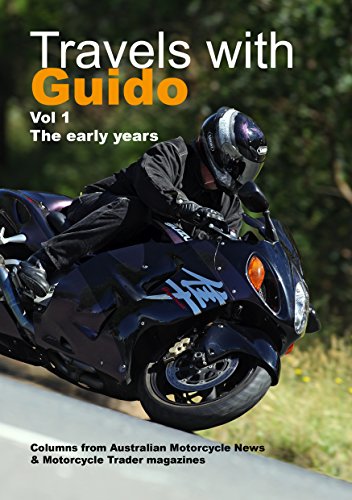
Archives
Contact




